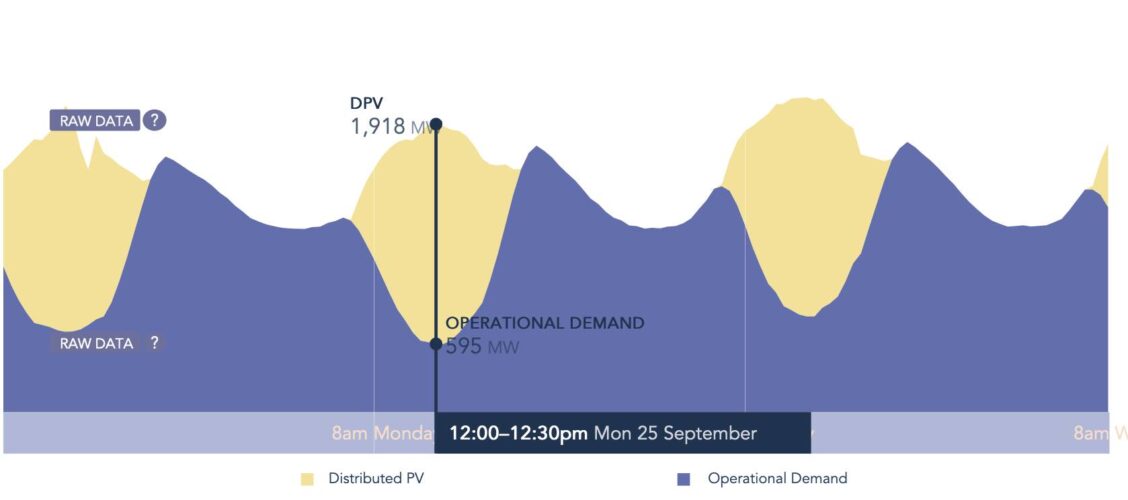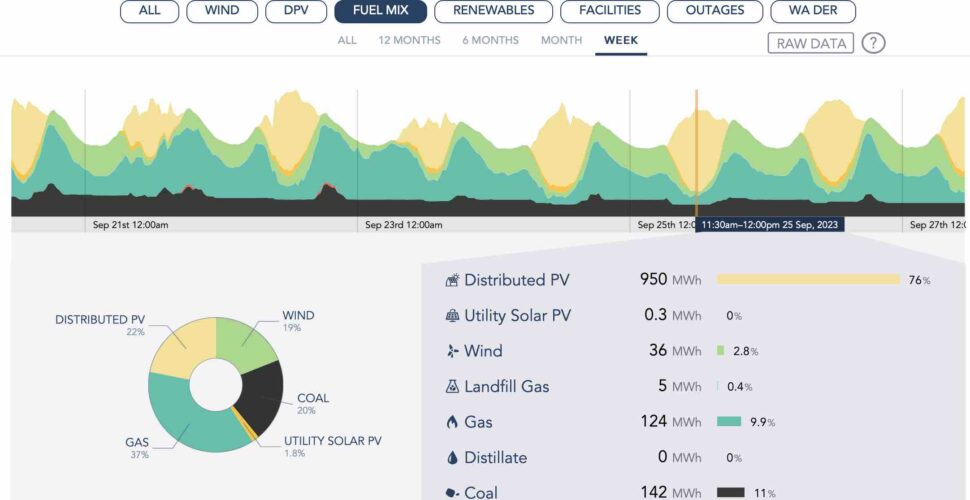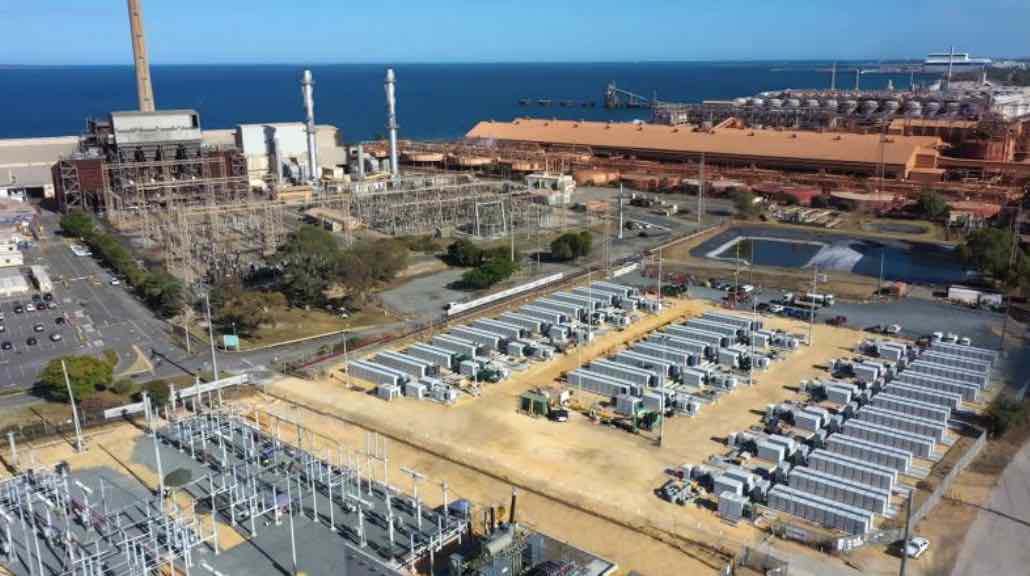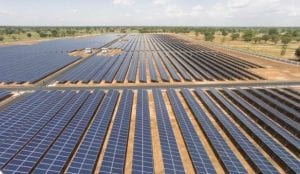Rooftop solar PV continued its middle-of-the-day challenge to the operations of the world’s biggest isolated grid – the South-West Interconnected System in Western Australia – on Monday, sending minimum demand to a record low as it posted a record 76 per cent share of total generation.
The new bechnmark came after consecutive weekends of 74 per cent penetration of rooftop solar, and came on a Monday, albeit a public holiday.
According to the Australian Energy Market Operator’s dashboard, rooftop solar hit a record 76 per cent share of the grid in the 1130-1200 local time period (although curiously the graphs suggest an even higher amount of 77 per cent in the following interval).
At the same time, minimum demand in the SWIS was pushed to a record low of 595 MW, below the 600 MW threshold deemed by the AEMO as the prompt for action to protect the security of the grid.

As it turns out, the newly commissioned 100MW, two hour (200MWh) Kwinana battery – the first big battery to be built on the main grid in Western Australia – played a significant role in maintaining security.
It was soaking up around 30 MW of output at the time, preventing minimum demand from falling even lower, and had more in reserve, which is likely to have given AEMO comfort to allow the demand figure to drift below 600 MW.
The 600 MW threshold is considered crucial because the SWIS, as the main grid in W.A. is known, is isolated and has no transmission links with other grids, and AEMO needs to keep a certain amount of “controllable” assets on line to respond to any disruptions.
As we reported earlier this week, rooftop solar in South Australia reached 101 per cent of that state’s demand over the weekend – albeit for a single five minute dispatch period.
But that state can export excess renewables because of its transmission links to Victoria, and soon to NSW, and so can reduce gas output, for instance, to as little as 40MW. It also has four operating big batteries.

W.A. does not have the same options. But the commissioning of its first big battery at Kwinana has provided AEMO with an important tool to deal with the growth of rooftop solar as it helps soak up demand in the middle of the day, and switch the output to the evening peaks.
More big batteries are on their way: The second 200MW, four hour (800MWh) second stage of Kwinana has begun construction, as has another four hour battery, the 219MW/867MWh facility being built by Neoen at Collie, and a 100MW/200MWh battery being built by Alinta at Wagerup.
All have a specific mandate to soak up solar in the middle of the day, and push that output back into the grid in the evening peaks.
The state-owned generator and retailer Synergy, which owns the Kwinana batteries, has also committed to a 500MW/2,000MWh battery at Collie. This will be the country’s biggest, and will be completed by 2025, in advance of the planned closures of the last state-owned coal generators at the Collie and Muja power stations.
Read: Rooftop solar meets all of South Australia demand in major new milestone
See also: RenewEconomy’s Big Battery Storage Map of Australia










